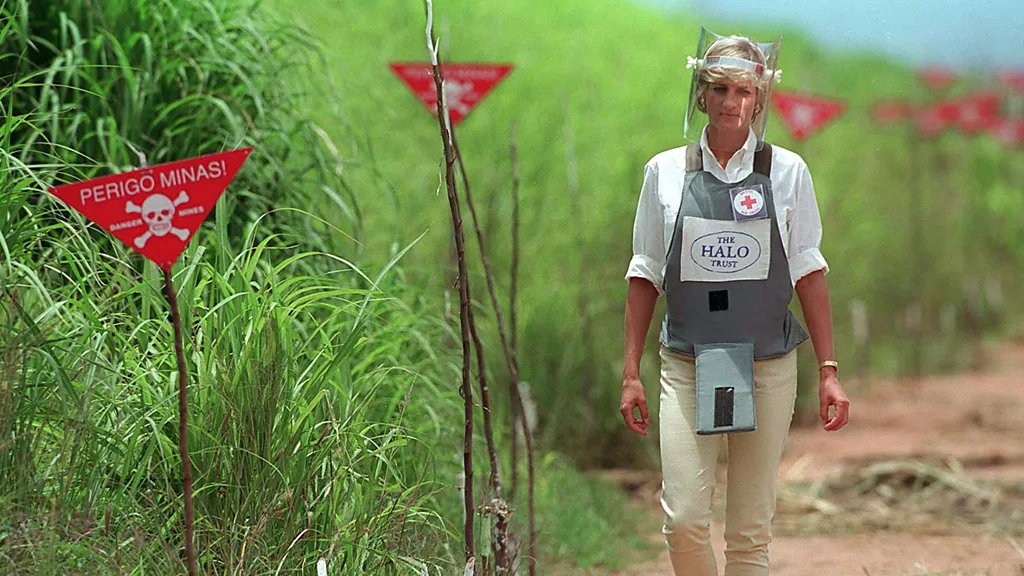Improving Mine Clearance and Saving Lives
aiRadar is developing a solution to the difficult challenge of land-mine clearance, something which has dogged government and communities for almost a century.

aiRadar’s disruptive, drone deployed multi-sensor radar-based mine-clearing research and development aims to advance the state of radars and sensors to return mine fields to productive agriculture and to provide safe passage to the thousands of civilians injured and killed by land mines each year.
aiRadar’s mine detection research and development is an extension of the Cognitive Adaptive radar used by aiRadar for C-sUAS. The goal is a dramatically new concept involving data fusion and sensor fusion to combine the technological advances made in recent years in software, hardware, processing, sensor fusion and Quantum technologies, to reduce the time required to clear mined areas.
Using the core MMI-100 Radar that is software-reconfigurable first as a normal Ground Penetrating Radar, with sensor fusion using Quantum Magnetometers and Electromagnetic Pulse Induction to find suspect mines. The aiRadar system then switches to Tomographic Synthetic Aperture Radar to examine the suspect mine in detail, providing a 3-D multi-aspect image.
After processing, a final image will be presented on a hand-held computer tablet, with risk ranked by artificial intelligence, providing the land-mine clearance operator with the intelligence to make informed decisions.
In post-conflict rural areas, the goal is to clear routes as effectively as possible through mine fields and eventually to return the land to its pre-conflict condition, with no casualties and the lowest number of false detection negatives as possible.
Current demining ranges from manual methods (which are extremely time consuming), to trained dogs and rats (also time consuming), through to inductive metal detectors (which cannot detect plastic mines and are also time consuming) and conventional Ground Penetrating Radars (which are considered as unreliable). With current technologies it is estimated that it will take hundreds of years to clear existing mines.
aiRadar believes a solution to these technically complex issues is within its reach. It is developing solutions that save lives, prevent the crippling injuries suffered by civilians, and reduce the duration of ongoing risks once open conflict has ceased.
Canada’s leadership in landmine ban
Almost 30 years ago, Canada’s then foreign minister Lloyd Axworthy issued a surprise challenge at an international conference in Ottawa. Minister Axworthy’s challenge led to an intense and unique diplomatic process that resulted in a ground-breaking treaty banning landmines.
The challenge was issued during the closing session of a three-day conference on mine action held at the old downtown railway station in Ottawa that had been converted into a government conference centre. The conference was forward looking and did not focus on past failures to effectively address the global landmines crisis. It attracted representatives from 75 countries, international organizations and civil society. Few in attendance expected a consensus on a new treaty to emerge let alone Axworthy’s call for a treaty to ban landmines.

However, many accepted the surprise and unusual challenge and a very vigorous effort began to bring governments together to negotiate a new ban treaty. Canada and a small group of like-mined countries (such as Austria, Belgium, Mexico, Norway and South Africa) led the diplomatic efforts with the International Committee of the Red Cross and United Nations agencies, adding their expertise while civil society under the leadership of the International Campaign to Ban Landmines (ICBL) brought the voices of affected communities and landmine survivors into the negotiations. It was an accelerated and inclusive effort that worked. That effort became known as the Ottawa Process and has been widely studied as a new form of international relations.
